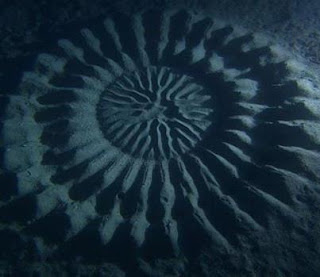Rob Dunn has a lovely new piece in The National Geographic on leaves. Rob manages to pack rich detail into a short piece in language filled with grace and vitality.
Rob Dunn,
The Glory of Leaves
[Rusten: Here's the top of Rob's story.]
 We have all held leaves,
We have all held leaves, driven miles to see their fall colors, eaten them, raked them, sought their shade. Since they are everywhere, it’s easy to take them for granted.
But even when we do, they continue in their one occupation: turning light into life. When rays of sunlight strike green leaves, wavelengths in the green spectrum bounce back toward our eyes. The rest—the reds, blues, indigos, and violets—are trapped. A leaf is filled with chambers illuminated by gathered light. In these glowing rooms photons bump around, and the leaf captures their energy, turning it into the sugar from which plants, animals, and civilizations are built.
Chloroplasts, fed by sun, water, carbon dioxide, and nutrients, do the leaf’s work. They evolved about 1.6 billion years ago when one cell, incapable of using the sun’s energy, engulfed another cell—a cyanobacterium—that could. ...


































